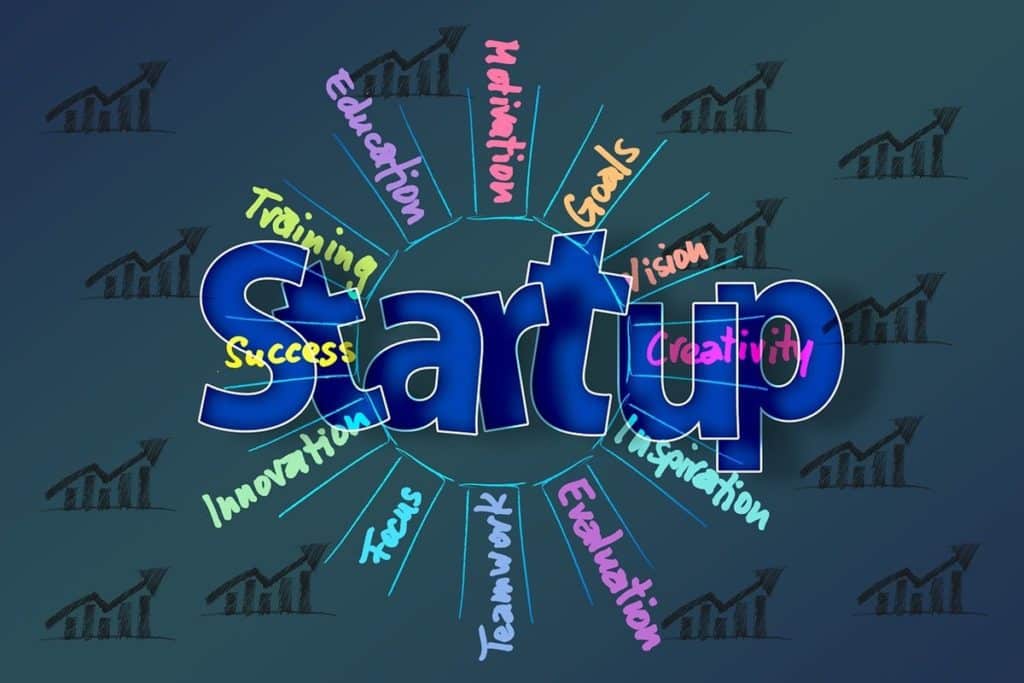Starting an educational startup is an exciting endeavor. With the advent of digital technology, the education sector has seen a significant transformation. Traditional classrooms are expanding to include virtual environments, and personalized learning is becoming more accessible.
However, the journey of launching an educational startup can be as challenging as it is rewarding. Understanding the steps involved and potential threats you may encounter is crucial to set your startup up for success. This is how to launch an educational startup.
1. Identifying Your Unique Value Proposition
Every successful startup begins with a unique value proposition (UVP). This is a clear statement that explains how your startup solves customers’ problems or improves their situation, delivers specific benefits, and tells the ideal customer why they should buy from you and not from the competition. For instance, your educational startup might focus on developing a personalized learning platform that caters to students with special educational needs, which is an area often overlooked by mainstream edtech companies.
Identifying your UVP requires a deep understanding of your target market, their needs, pain points, and preferences. It also requires an analysis of the competition to determine what they offer and where gaps exist that your startup can fill. Your UVP should guide every decision you make, from product development to marketing and customer service.

2. Developing a Business Plan
Your business plan serves as a roadmap for your startup. It should clearly outline your business goals, strategies for achieving these goals, and the time frame within which these should be achieved. A well-structured business plan will include the following sections:
- Executive Summary: A brief overview of your business, your UVP, your target market, and how you plan to make a profit.
- Market Analysis: A detailed look at your target market, including size, demographics, consumer behaviors, and trends. This section should also include a competitive analysis, outlining who your competitors are, what they offer, and how you differentiate from them.
- Organization and Management: An outline of your business structure and the key team members. This section should also detail how your business will be run, from day-to-day operations to long-term strategic decisions.
- Service or Product Line: A detailed description of your product or service, how it benefits your customers, and any intellectual property rights or R&D activities.
- Marketing and Sales: Your strategies for attracting and retaining customers. This could include PR, content marketing, social media, SEO, partnerships, and sales strategies.
- Funding Request: If you’re seeking investment, this section should outline how much funding you need, how you’ll use the funds, and the proposed structure of the deal (equity, debt, etc.).
- Financial Projections: A forecast of your revenue and expenses for the next three to five years. This should include income statements, balance sheets, and cash flow statements. If you’re seeking investment, this section should also include a break-even analysis.
3. Building Your Team
Your team is one of your most important assets. It’s crucial to hire people who are not only skilled and experienced but also share your passion and vision for the startup. Key roles might include a CEO (if it’s not you), CTO, product manager, marketing manager, sales manager, and customer support.
For an educational startup, it could also be beneficial to have team members with a background in education. They could bring valuable insights into the needs and preferences of your target market. When building your team, also consider your company culture, as this can significantly impact your startup’s success.
4. Raising Capital
Raising capital for a startup can be challenging. It requires a compelling business plan, strong negotiation skills, and a lot of patience. Here are some potential sources of capital:
- Bootstrapping: This involves funding your startup with your own savings or income. This can be a viable option in the early stages, but it may not be sufficient for long-term growth.
- Friends and Family: Friends and family can be an accessible source of funding, but it’s important to treat it as a professional business transaction. This includes having formal loan agreements or equity arrangements.
- Angel Investors: These are individuals who invest in startups in exchange for equity. Angel investors can also provide valuable advice and connections.
- Venture Capitalists: VC firms invest in startups with high growth potential in exchange for equity. They typically invest larger amounts than angel investors, but they also have higher expectations and may require more control over the business.
- Crowdfunding: Platforms like Kickstarter and Indiegogo allow you to raise small amounts of money from a large number of people, usually in exchange for product pre-orders or rewards.
- Government Grants and Loans: Many governments offer grants, loans, or tax breaks to encourage entrepreneurship and innovation. These are typically competitive and require a strong business case.
5. Validating Your Idea and MVP
Before investing significant time and resources into full-scale product development, it’s important to validate your idea. This involves testing your assumptions about your target market and the demand for your product or service.
Start by conducting market research to understand your potential customers’ needs and pain points. This could involve surveys, interviews, or focus groups. You could also research industry reports, competitor websites, and online forums for insights.
Based on your research, develop a minimum viable product (MVP) – a version of your product with enough features to satisfy early customers and provide feedback for future development. Beta testing your MVP with a small group of users can provide valuable insights into its usability and effectiveness, as well as areas for improvement.
6. Launching Your Startup and Scaling
Launching your startup involves several steps, from legal setup and branding to marketing and sales. It’s important to plan your launch carefully to create maximum impact and start building momentum.
Once you’ve launched, your focus will shift to scaling your business. This involves attracting more customers, increasing revenue, and optimizing your operations. Scaling might also involve expanding to new markets or adding new features to your product based on customer feedback.
Successful scaling requires careful planning and management. Growing too quickly can lead to quality issues, poor customer service, or financial problems. Growing too slowly can result in missed opportunities and allow competitors to gain market share. It’s important to find the right balance for your particular startup and market.

Potential Threats and How to Avoid Them
1. Market Saturation
The education sector is highly competitive. Many edtech startups fail to gain traction because they’re unable to differentiate themselves from their competitors.
Avoidance Strategy: Make sure your startup offers a unique solution or caters to a niche market. Regularly conduct competitive analyses to stay abreast of market trends and changes.
2. Regulatory Challenges
Educational startups often have to navigate complex regulatory landscapes, especially those dealing with children’s data or operating in multiple countries.
Avoidance Strategy: Stay informed about the relevant laws and regulations in your sector. Consult with legal experts if necessary.
3. Difficulty in User Adoption
Teachers, students, and parents may be hesitant to adopt new educational technologies. This can be due to resistance to change, concerns about effectiveness, or technical difficulties.
Avoidance Strategy: Provide ample resources and support to help your users understand and use your product effectively. This could involve user manuals, video tutorials, customer support, or in-person training sessions.
4. Funding Issues
Many educational startups struggle with securing sufficient funding. This can hinder growth and potentially lead to failure.
Avoidance Strategy: Have a solid business plan and financial projections. Be proactive in seeking investment opportunities and explore multiple funding sources.
Conclusion
Launching an educational startup offers the potential to make a significant impact on the way we learn and teach. It’s a journey fraught with challenges and competition, but with careful planning, a unique idea, and a committed team, you can navigate this landscape successfully. Remember, the key to a successful educational startup lies in truly understanding your audience’s needs and delivering an innovative solution that not only meets but exceeds those needs.
